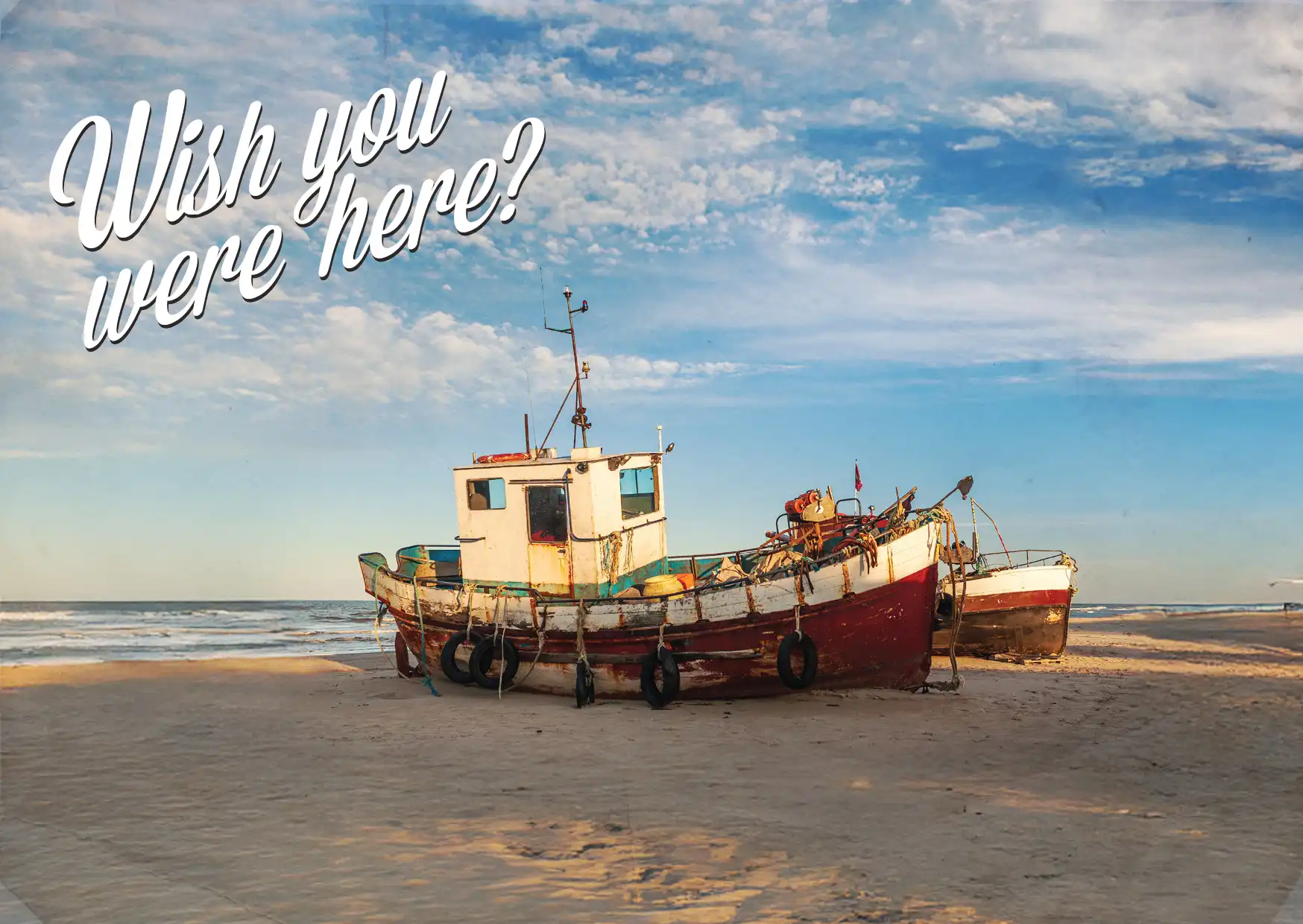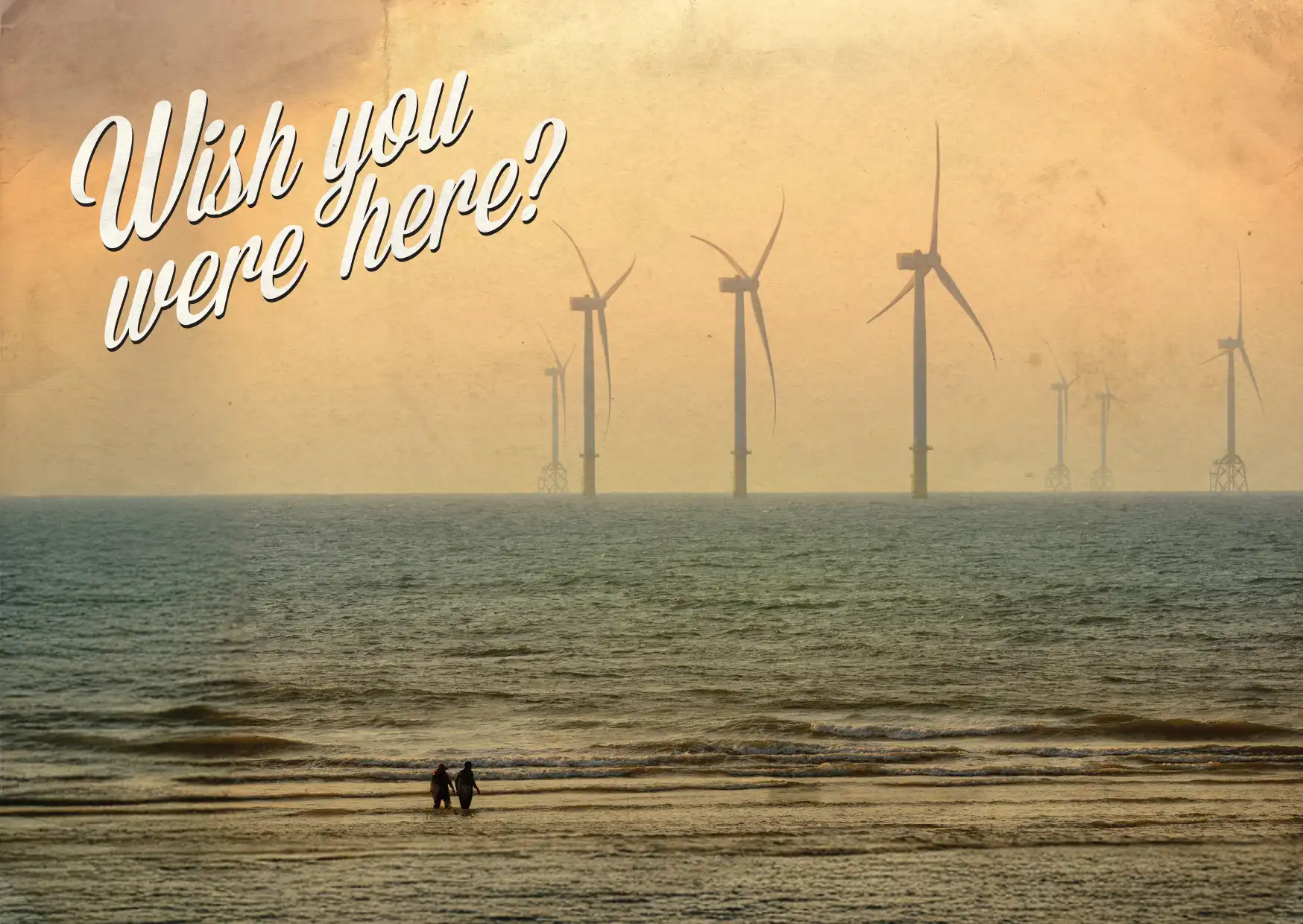
Flooding and erosion/changes in extreme water levels
The frequency, intensity and impacts of coastal flooding and erosion are predicted to increase during the 21st century and beyond. Increased sea level due to global warming (and melting of on land ice) means increased baseline level for extreme wave and storm surge events.
While the increases in extreme water levels are mainly driven by accelerating mean sea level rise, changes in storms, tides, rain and river discharge are also contributing to them. The rapid warming of the Arctic and the loss of sea ice is one of the most likely causes of changes to weather and climate in the UK, for example less sea ice leads to bigger waves.
Why do changes in extreme water levels matter?
There are over 1.8 million homes are at risk of coastal flooding and erosion in England alone. Extreme events already have very significant impacts at the coast; the damage due to coastal flooding during the winter 2013/14 was more than £500 million, and direct economic impacts exceed £260 million per year on average.
The combination of rising sea-level and changing storminess will affect flood and erosion at the coast. The impacts of coastal flooding are projected to increase in the future with population growth, urbanisation, and coastal development. Changes in mean sea level and coastal squeeze also put at risk natural habitats like dunes or saltmarshes that can help protect against flooding and erosion
NOC research
NOC are working to translate global ocean changes to impacts at the coast.
We know that coastal flooding and erosion are projected to increase with climate change. Now we are working to understand how the drivers of flooding and erosion (sea level, storms, rain and river discharge) are changing and how they interact with each other.
We’re working to better understand how open ocean changes affect local coastal sea level and how this depends on time and space. Because extreme sea levels are mostly due to sea level rise, having better projections of localised sea level at the coast will help decisions on effective management at the coast.
We are also working on better understanding the future changes in storms, rain and river discharge, coastal habitats and how they relate to each other and with changes in sea level. We are also working to understand how natural habitats like salt marshes can help people adapt and mitigate present and future coastal flooding and erosion while supporting the other co-benefits of complex coastal system.
Key projects

Marine Heatwaves
Marine heatwaves (MHWs) are characterised by ocean temperatures that are much warmer than normal for a particular region and time of year.
To be classified as a MHW, these elevated temperatures must continue for more than five days. Around the UK, MHWs tend to be more intense but shorter in the eastern North Sea, while they are longer and less intense, on average, in the English Channel. In June 2023, an exceptional MHW struck the Northwest European shelf, with sea surface temperatures rising 5°C above the usual baseline levels.
Until recently, the UK has largely escaped the worst impacts of intense MHWs, which have typically occurred in the open ocean or closer to the equator. However, as global temperatures continue to rise and climate patterns shift across Northwest Europe, MHWs around the UK are expected to become more frequent and intense.
Why do marine heatwaves matter?
The impacts of marine heatwaves (MHWs) vary based on their duration, timing, and intensity. When MHWs occur in winter, they can disrupt the life cycles of marine species as temperatures are prevented from reaching their seasonal minimum, which is important for triggering reproductive processes.
During summer, MHWs may cause temperatures to exceed the thermal limits of marine species, while also promoting the spread of less desirable species like jellyfish and harmful algal blooms in coastal waters where they are not typically found.
Mobile species may migrate to cooler areas, while stationary, bottom-dwelling (benthic) species could suffer from the heat, potentially leading to mass die-offs. These changes pose significant risks to the UK’s fishing industry and could negatively affect the broader Blue Economy in the region.
NOC research
NOC researchers are working to understand how these changes might unfold and what they could mean for marine ecosystems, coastal communities, and the UK’s Blue Economy. Gaining insight into how MHWs will evolve by 2050 is crucial for preparing and protecting both coastal populations and marine-based industries.
Key projects
Key papers

Melting freshwater
Freshwater from the melting Greenland icesheet and from the Arctic flows into the North Atlantic. This freshening can alter the near surface ocean properties and exchanges with the atmosphere leading to shifts in large ocean currents and deflections of the atmosphere's jet stream.
Why does this matter?
These changes can result in more extreme weather for the UK and elsewhere in Europe such as wetter winters and warmer, drier summers.
NOC Research
Our research includes a study that discovered a chain of events that lead to hotter and drier European summers. Melting sea ice and glacial ice are a growing source of freshwater to the North Atlantic. With increases in ice melt, the study suggests that European heatwaves and droughts will become more frequent and intense in future. The warming over Europe after strong freshwater releases in the North Atlantic will add to the warming already happening because of climate change, by causing weather patterns to shift.
The research findings demonstrate the importance of ocean observations, to ensure climate models capture all physical processes required to make accurate weather predictions. This study is a step forward for improving models, which will enable industries and stakeholders to plan ahead for specific weather conditions, such as adapting agricultural methods to be more resilient, predicting fuel usage, and bracing for flooding events.
Key projects
Key papers

Marine Renewables
The UK is a global leader in offshore wind, aiming for 50 GW of capacity by 2030, including 5 GW from floating technology, . Wind power is the largest source of renewable energy in the UK, generating 30% of UK electricity (offshore & onshore).
While the role of wind is already clearly defined, tides and waves can contribute to a more diversified energy mix, reducing dependence on a single energy source and making clean energy more reliable and resilient.
What are the possible environmental impacts?
The environmental ‘footprint’ of a large-scale expansion of offshore wind infrastructure under the influence of climate change is unknown.
Offshore wind farms can disturb ocean mixing, meaning they can alter the exchange between deep, nutrient-rich water and surface, oxygen-rich water which is important for phytoplankton (microscopic algae at the base of the marine food web) and fish, seabirds and big marine mammals. Altering the mixing in a sea like the North Sea can potentially have changes on the behaviour, distributions or movements of many marine species. This can have cascading effects on other industries as well, like fishing.
Offshore wind farms may also impact marine life through noise pollution and habitat disruption, but they may also act as 'artificial reefs', providing new habitats as well as potentially affecting fisheries resources.
NOC research
NOC scientists have been researching how offshore wind farms are impacting ocean waves, mixing, and the seabed and what these changes might mean for the wider marine ecosystem.
Observations and ocean models can be used to find the best places where to place marine renewable energy devices: maximising the energy extraction, while minimising the environmental impacts.
We also want to create a clean energy system that is resilient to climate change. NOC can help to provide environmental information to build tidal stream turbines, wave converters and offshore wind turbines that survive weather changes and extreme events from now to 2050 and beyond.
Key projects
Key papers
Support our Arctic Mission
Changes in the Arctic environment are already affecting every person in the UK and across our planet. With your support, we can further our internationally renowned science to understand some of the biggest threats to society and help our ocean to thrive.
To learn more about the vital role of philanthropy in Arctic science and how you can support our work, contact Hannah.Symons at noc.ac.uk.